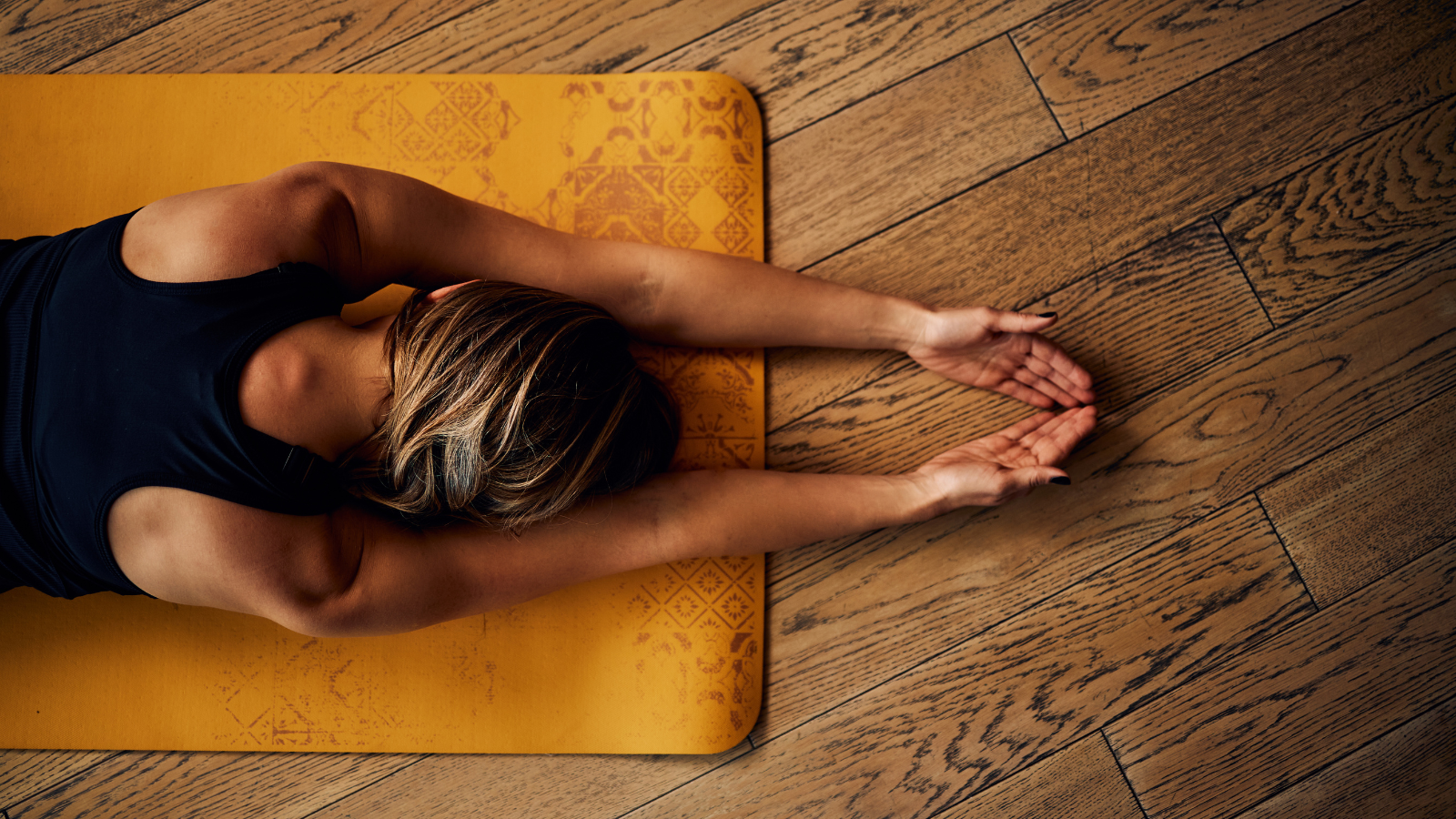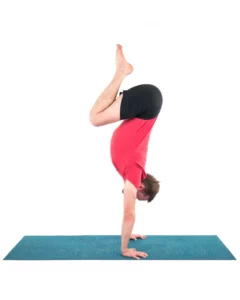Spiritual Wellbeing: What It’s All About

Article At A Glance
Isn’t it fascinating to consider the paradoxical nature of asana as a practice of spiritual wellbeing? We seek something beyond the body through the body, in the body, and using the body. I recently received an email from a new student who wrote, “I am looking forward to classes that can remind me what it is all about.”
Have you ever gotten so caught up in the what of your yoga practice that you lost sight of the why? I sure have. I remember once demonstrating a deep backbend in front of hundreds of people at an Anusara Yoga workshop. In that captivating atmosphere of being applauded by my peers, there’s no question I was mistaking outer achievement for inner attainment.
The thrill of doing something other people found impressive was short-lived though. No sooner was the workshop over than I went back to my usual mindset during that time of striving, self-criticism, and never feeling good enough when it came to yoga.
Asana is Not About Performance

That’s really the issue with performance in asana. While achieving hard poses can be a positive, rewarding, and confidence-building “hit,” it’s always temporary. The body—and therefore our capacity—is always changing. Furthermore, anytime we hitch our happiness to something external to us, even if it’s an asana, our contentment becomes conditioned on that circumstance or experience.
I started practicing yoga in earnest because I wanted to experience a kind of happiness that didn’t depend on anything outside of myself. As my practice has evolved over the years from being pose-driven to wellbeing-driven, it’s clear that, despite getting caught up in the performative aspect of practice at times, that’s what it’s always been about for me.
Yoga Practice for Spiritual Wellbeing
I no longer practice asana to achieve a posture or solely for the sake of physical fitness. My postural practice is now primarily about cultivating an embodied sense of spiritual wellbeing that goes way beyond the body. It’s about restoring and nurturing my connection to that place of independent happiness that lives within the body and yet transcends the body.
Also, read...
Restorative Yoga: A Sequence to Build and Maintain Resilience
The Third Limb of Yoga: Asana
Pranayama: Expand Your Life Energy
Related courses

Barrie Risman is an internationally recognized yoga teacher, teacher trainer, and author of Evolving Your Yoga: Ten Principles for Enlightened Practice. Download the first chapter of her book and learn more about her new livestream workshop series, Yoga for Turbulent Times: Building Strength, Resilience, and Compassion for a Changing World, at www.barrierisman.com.



